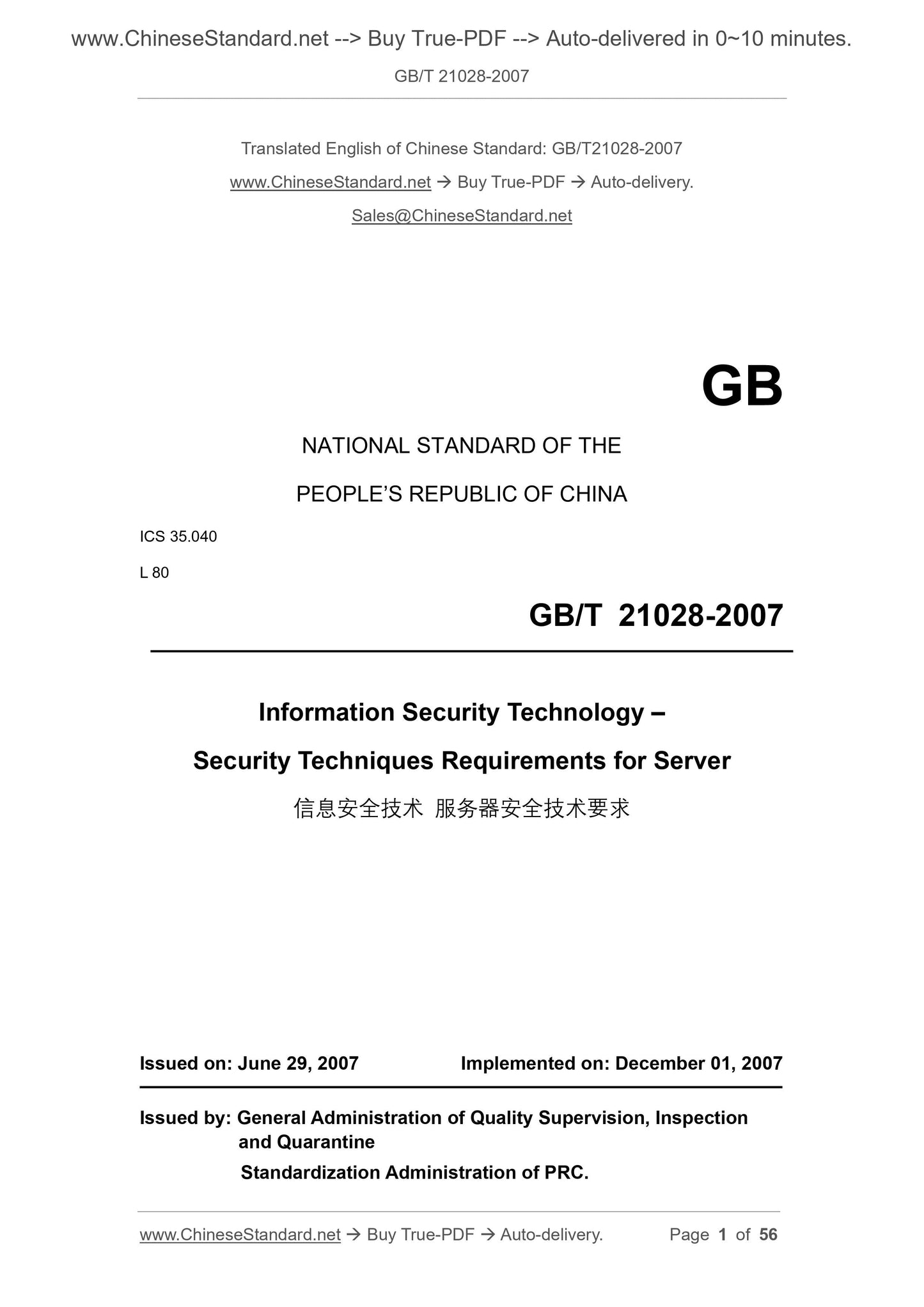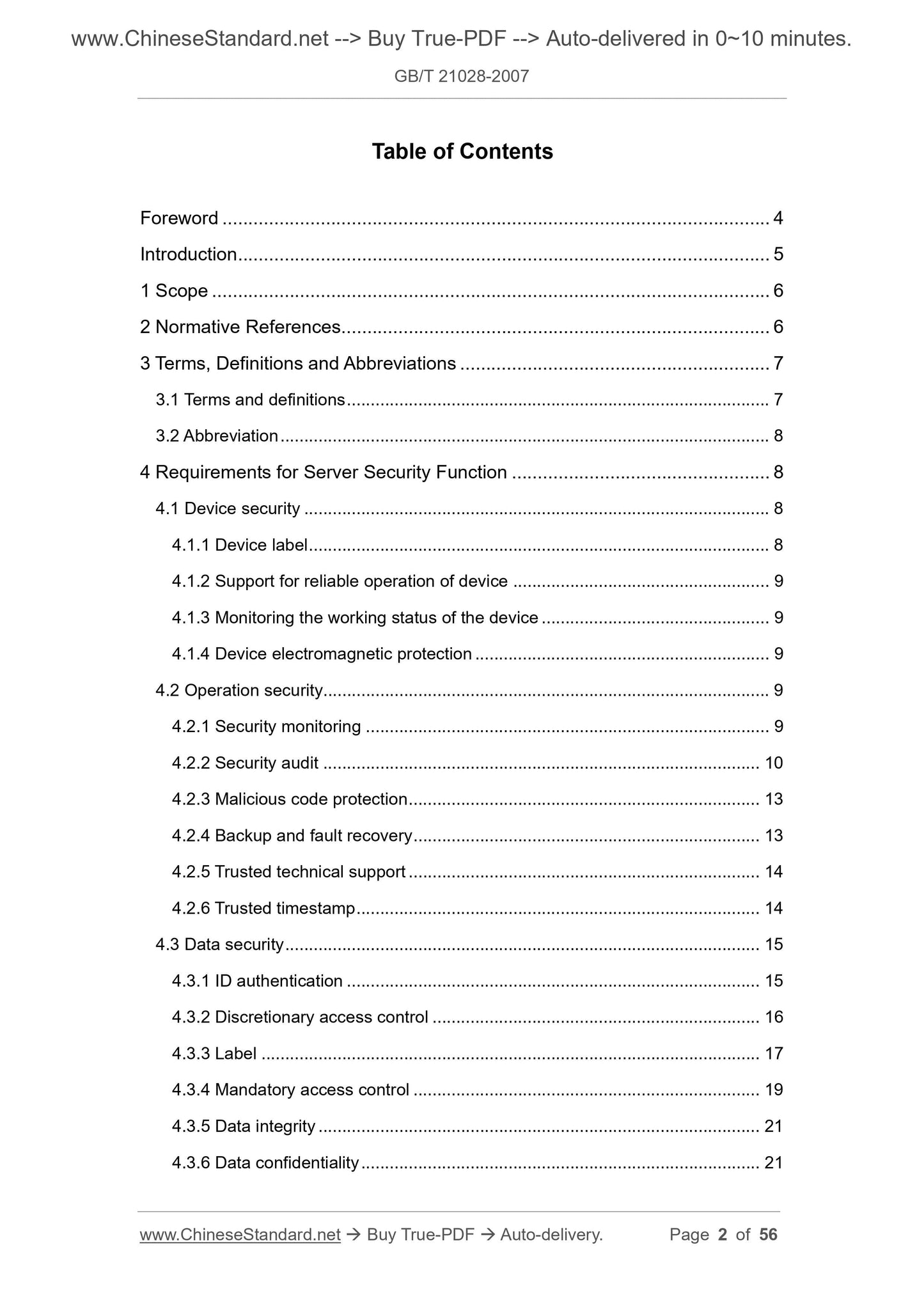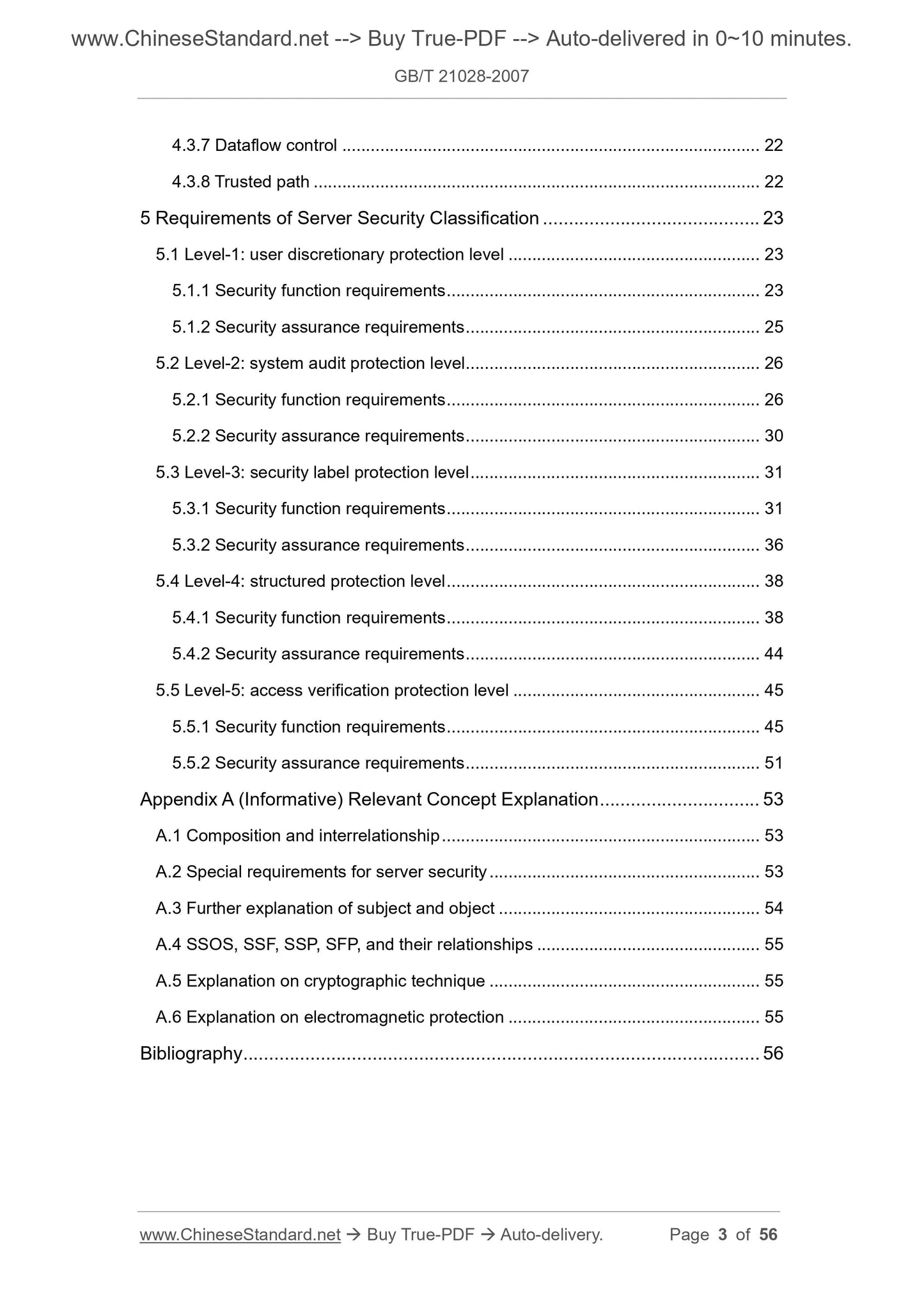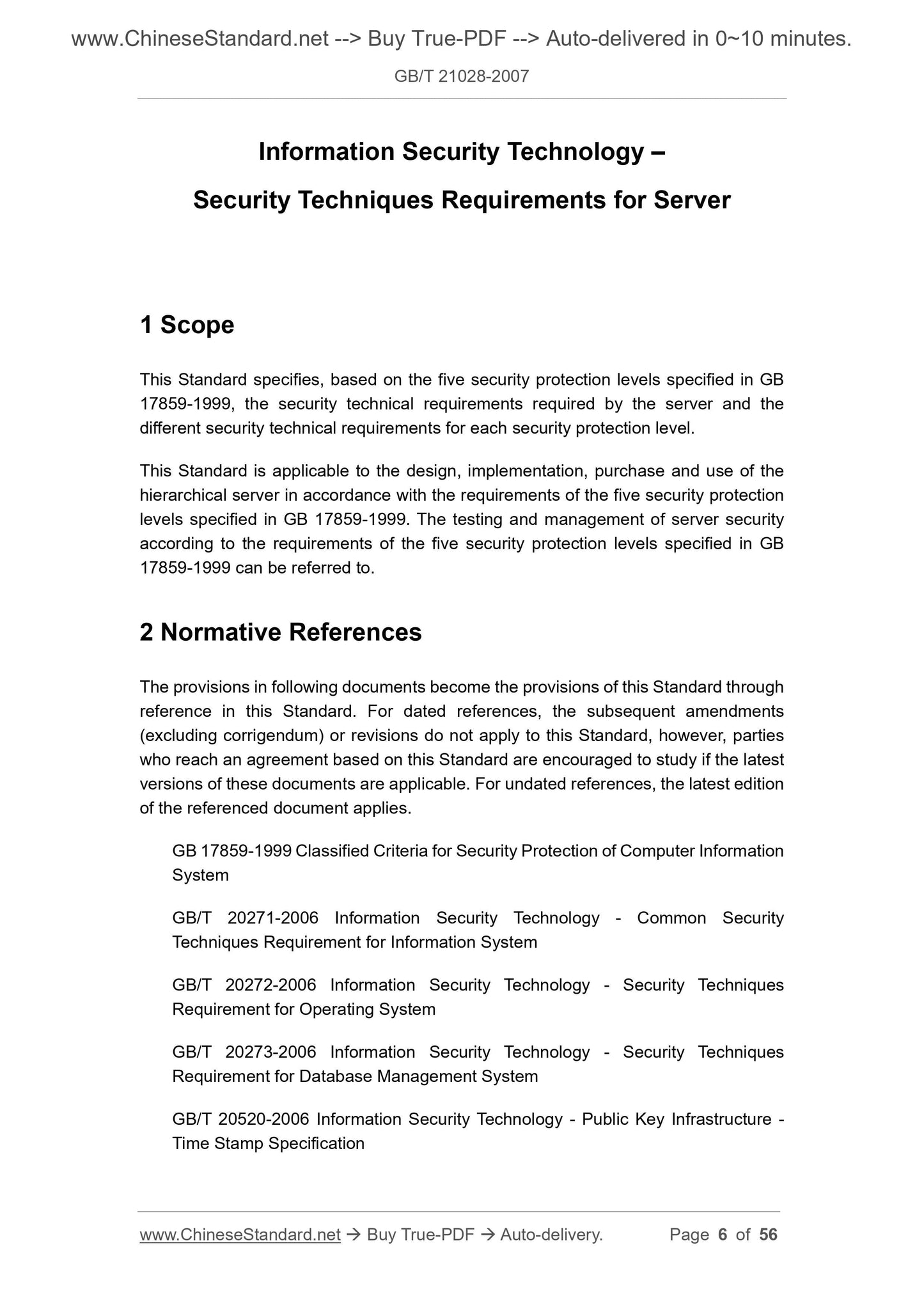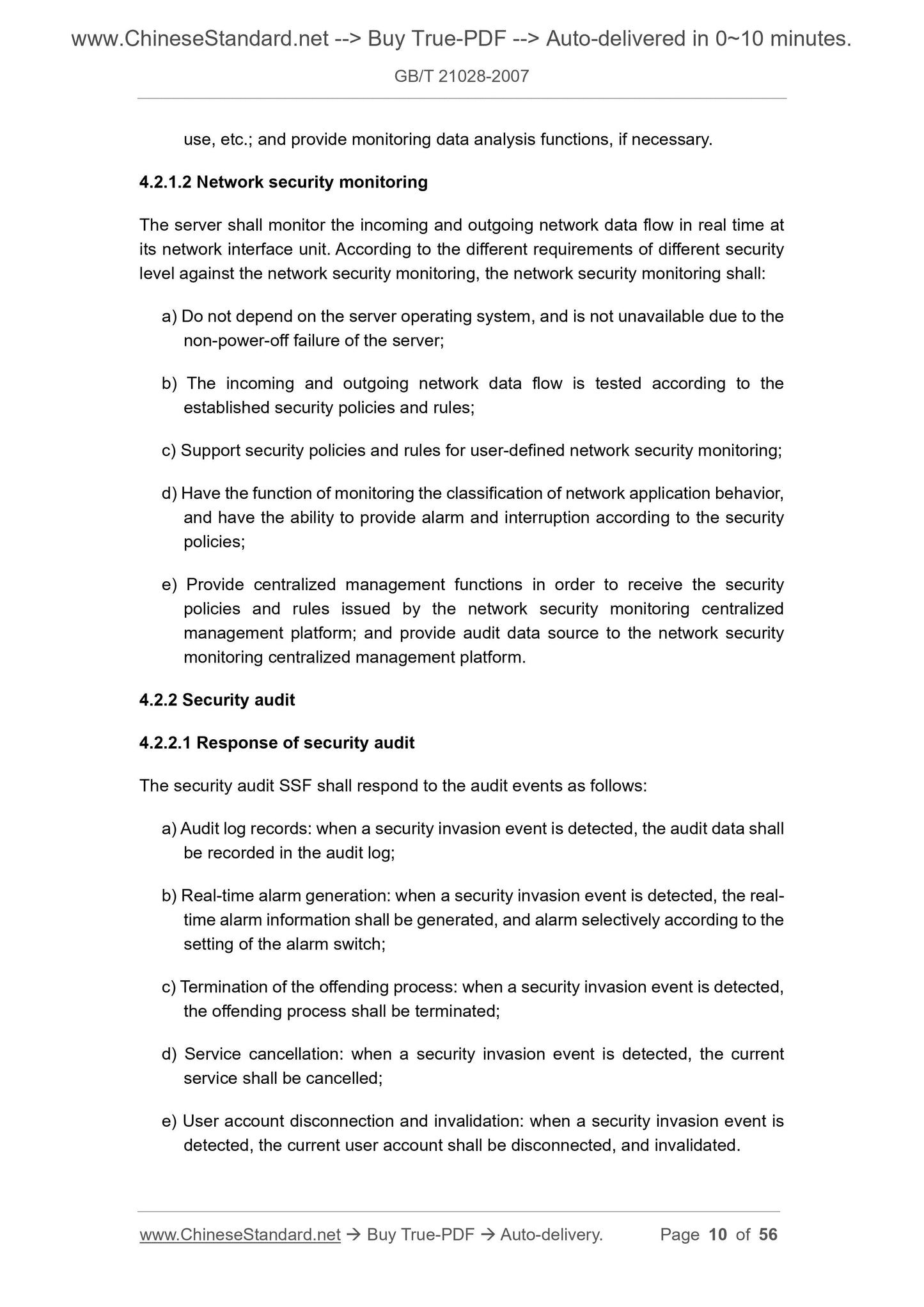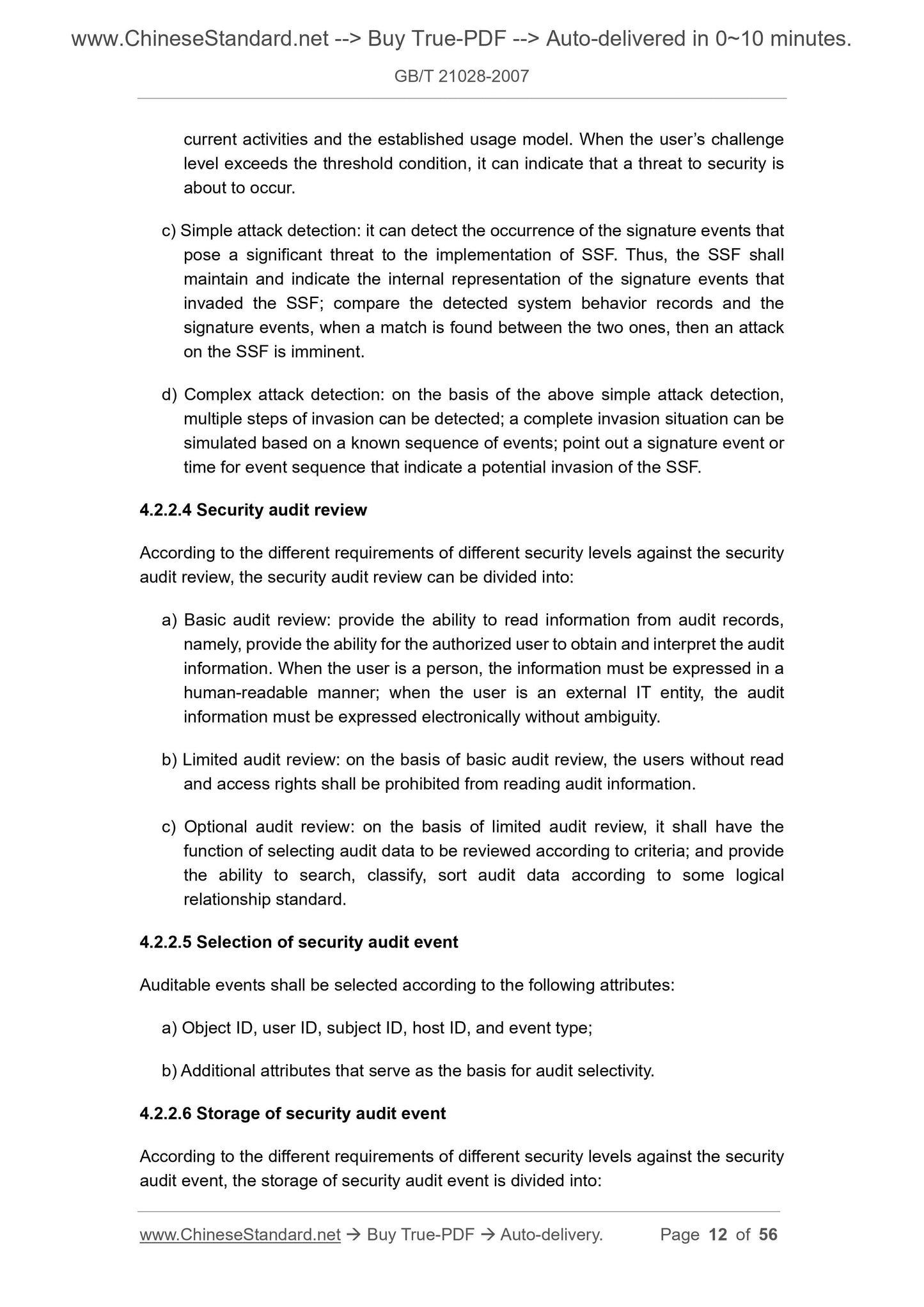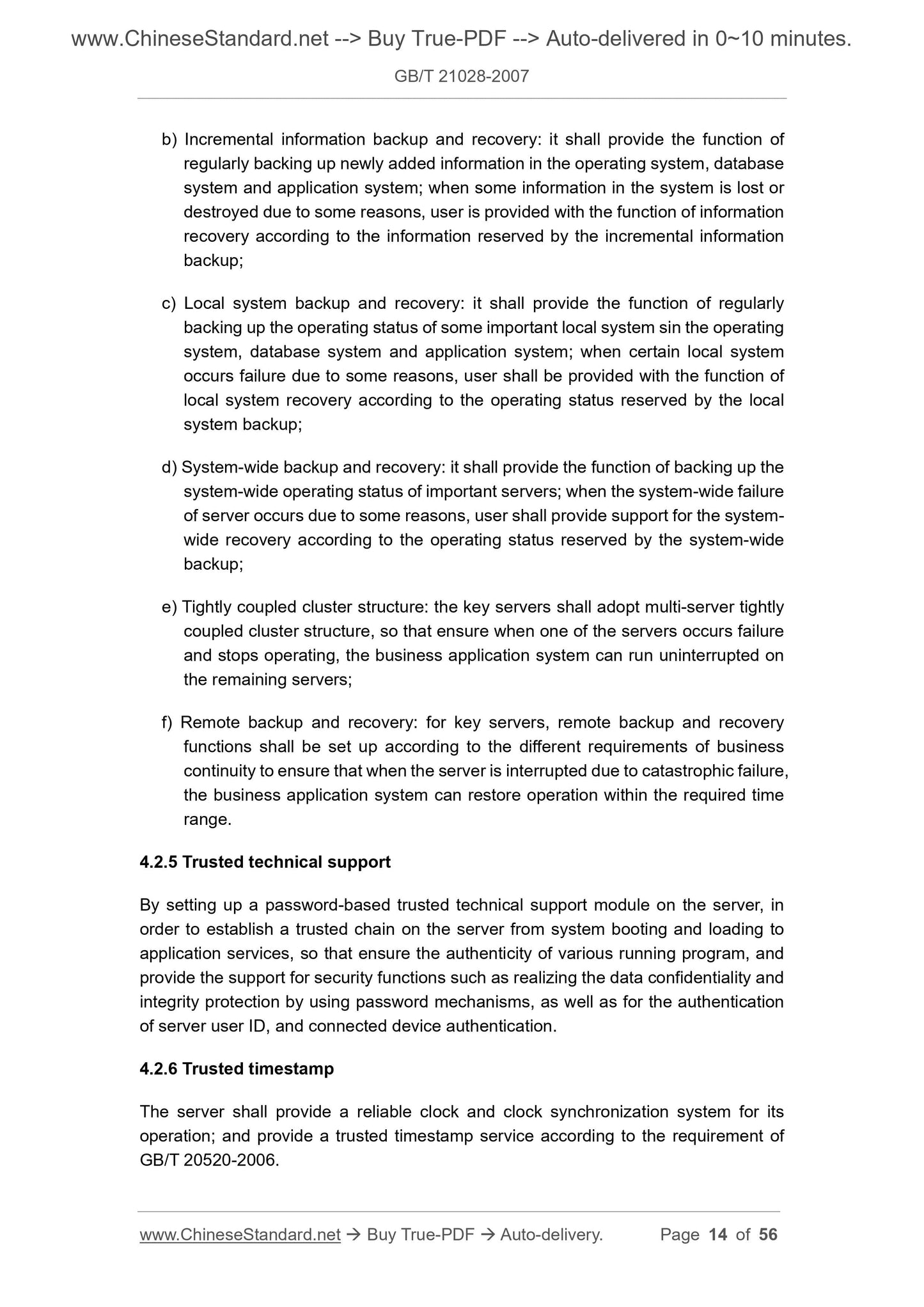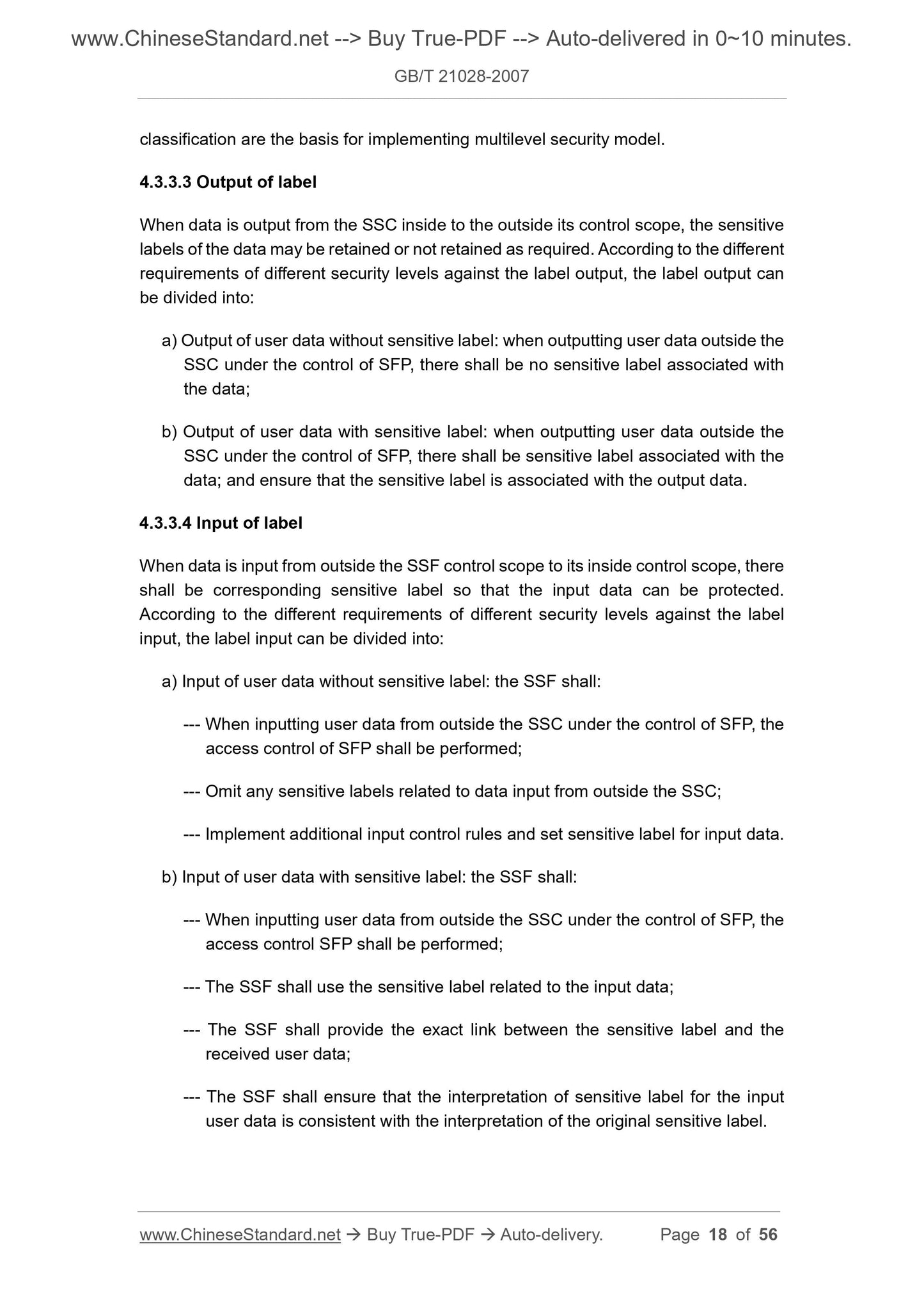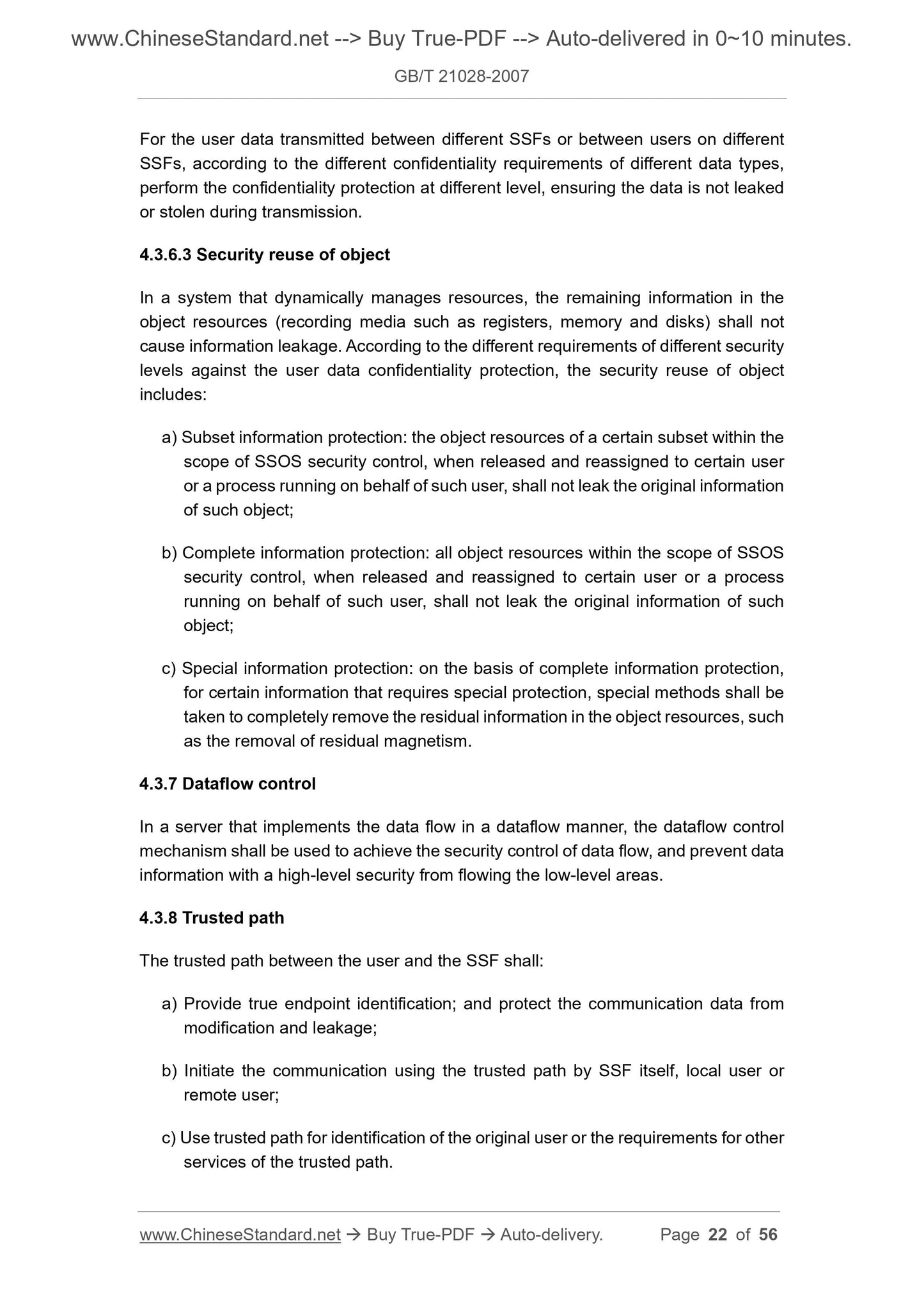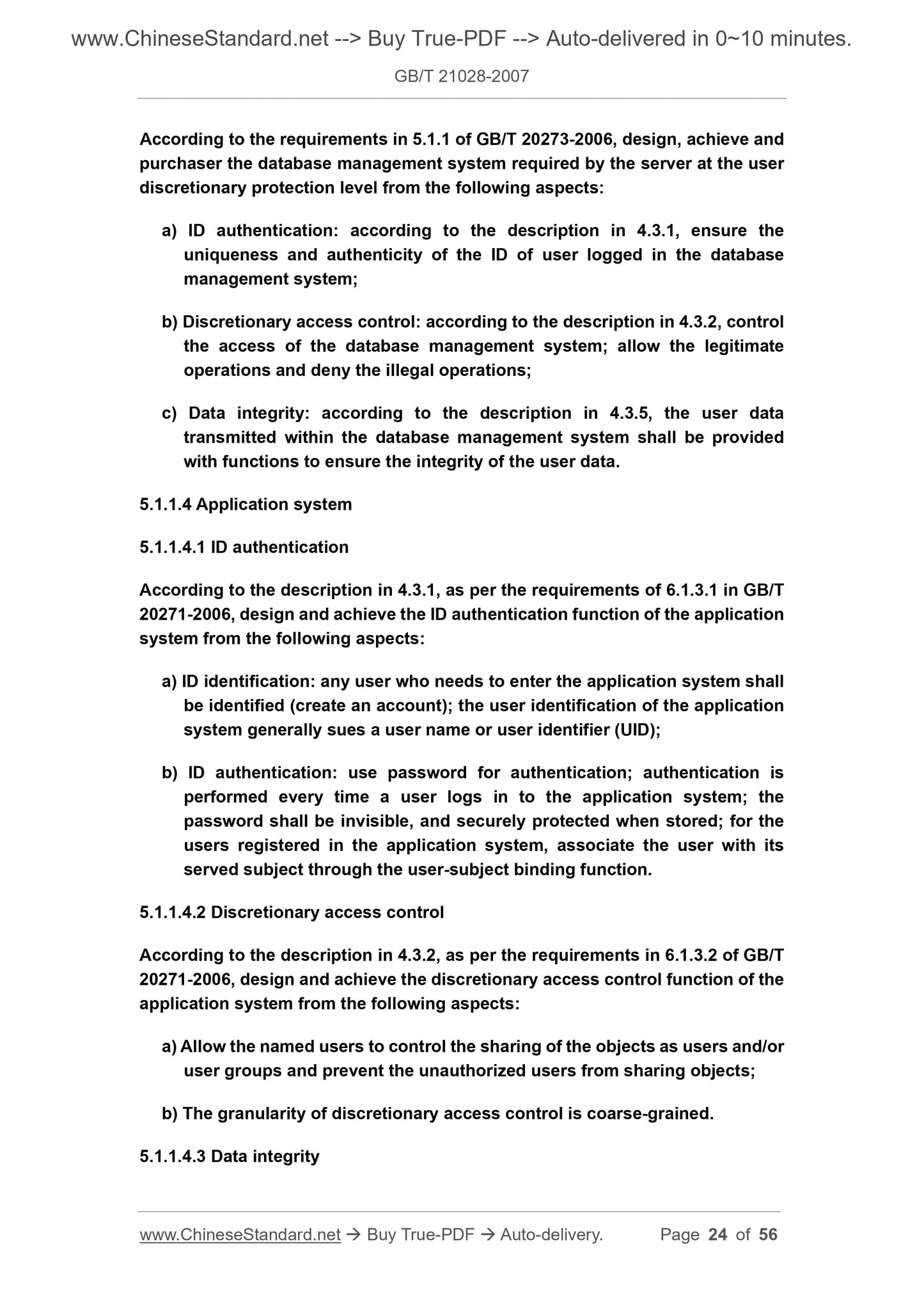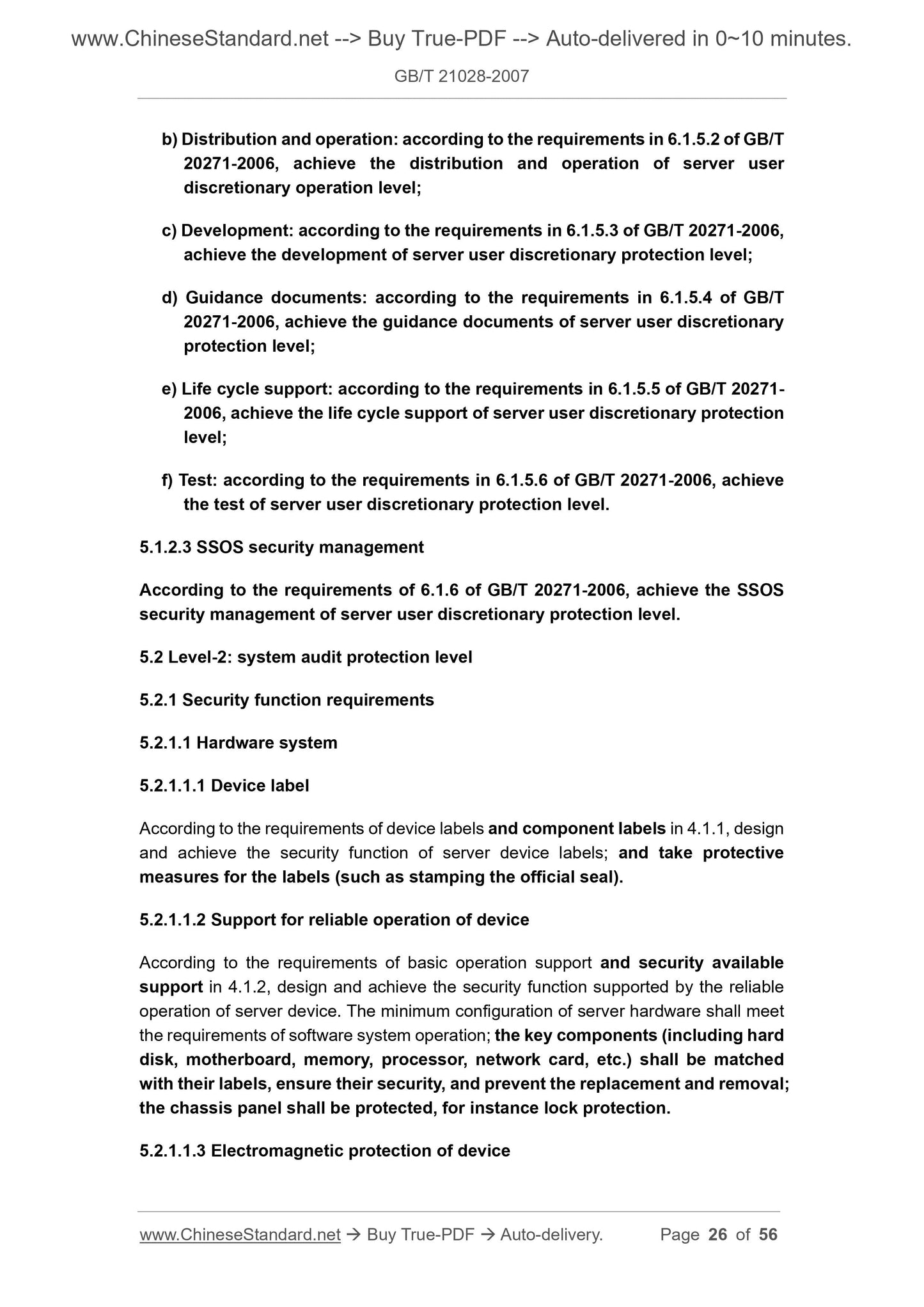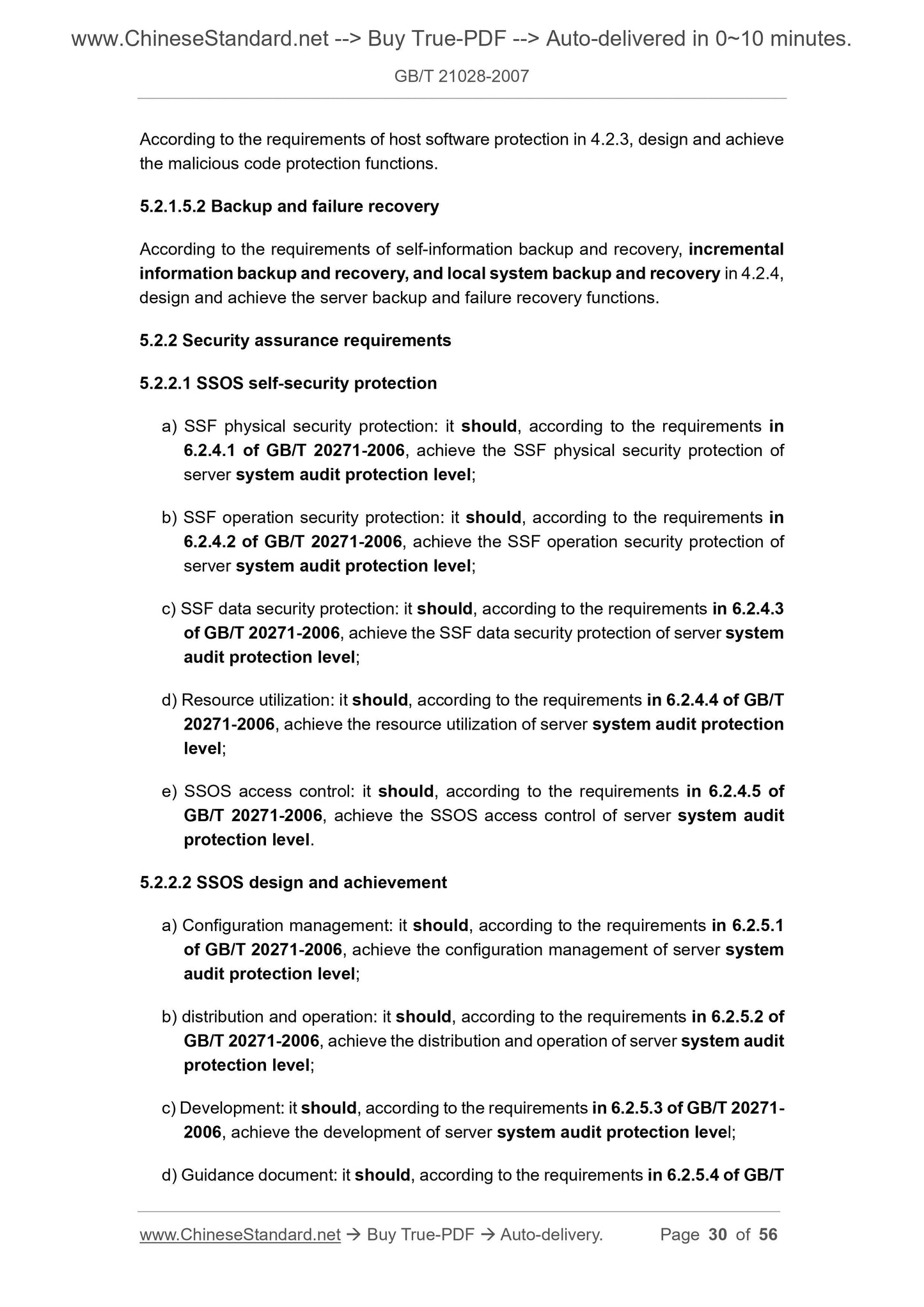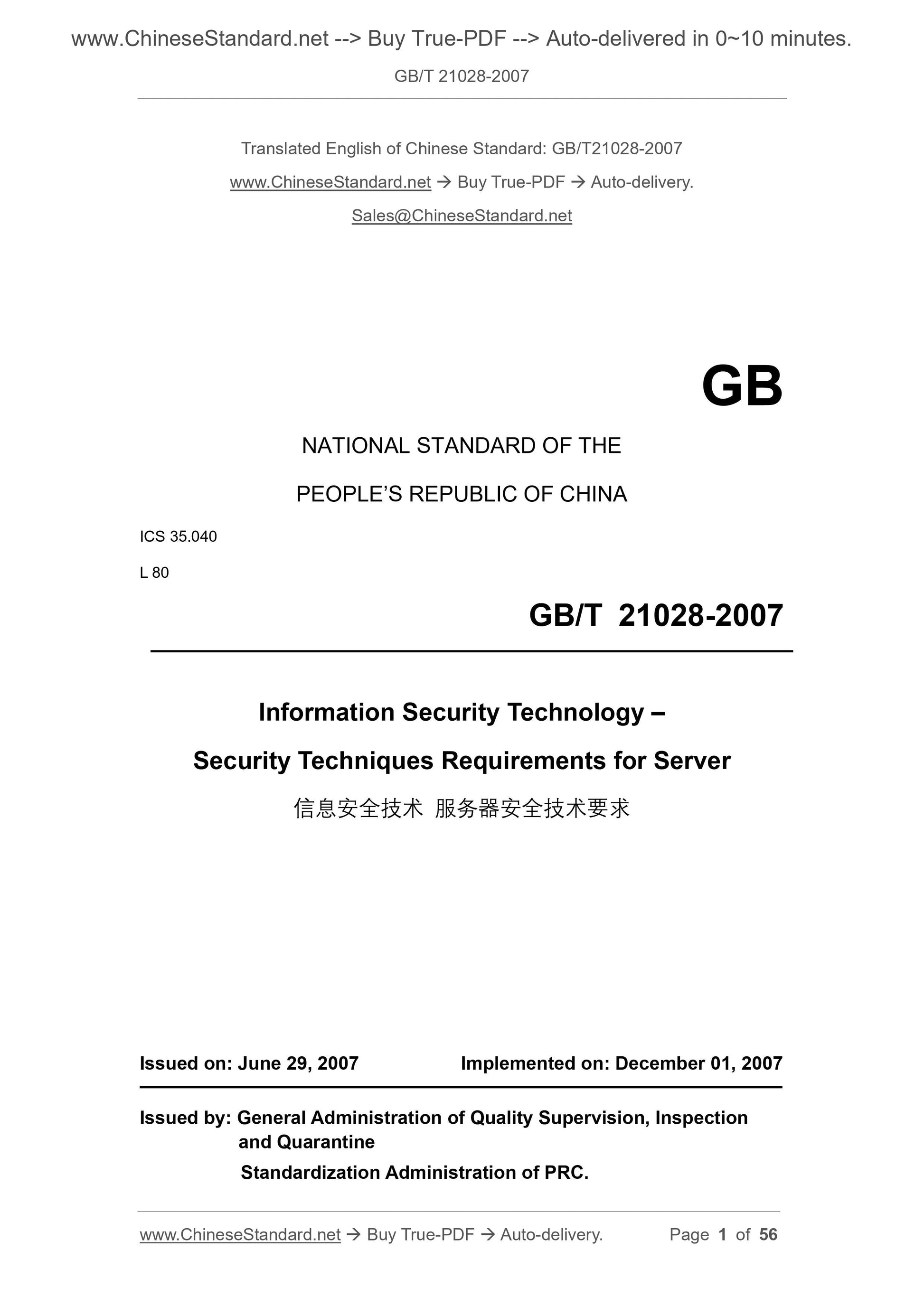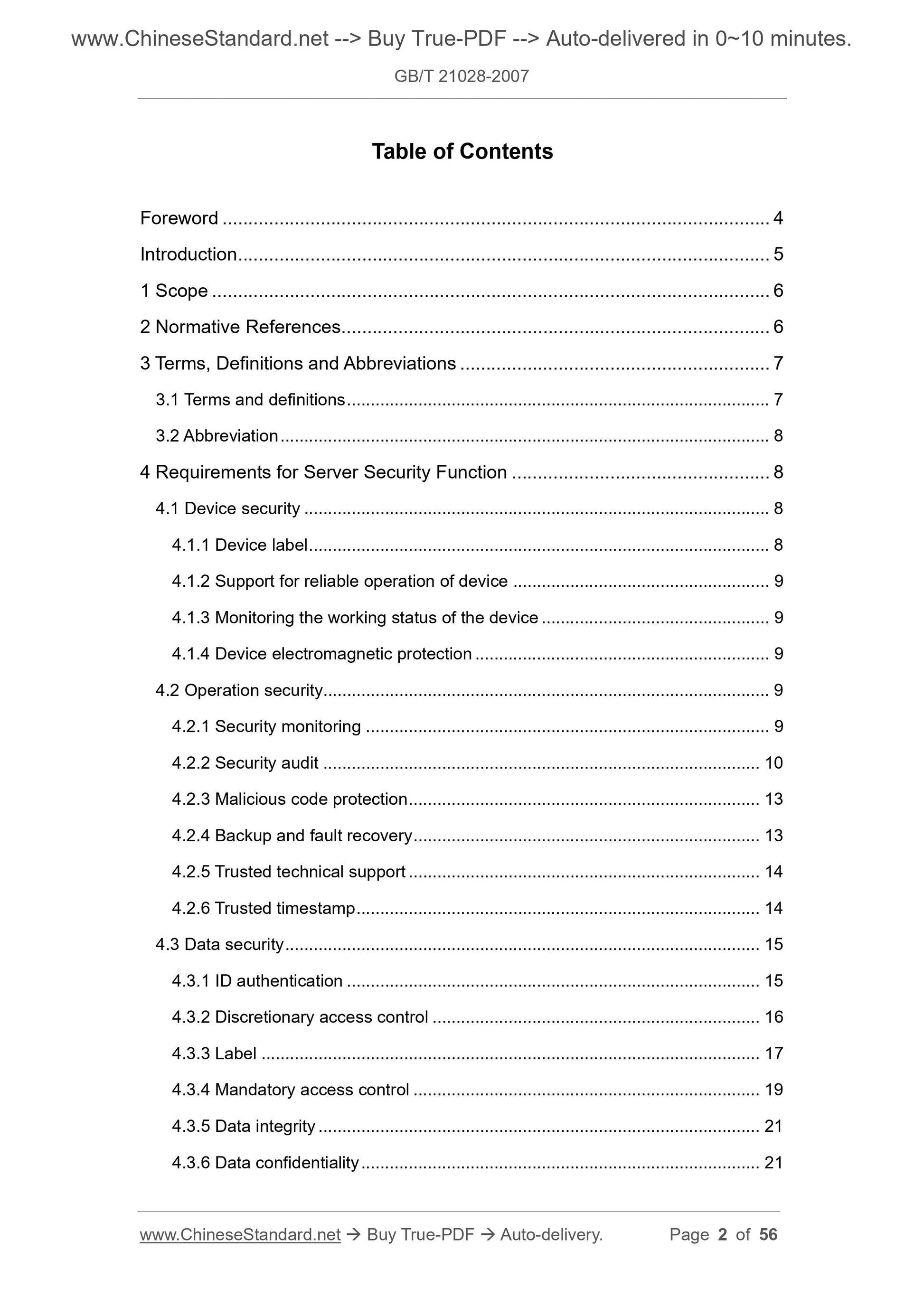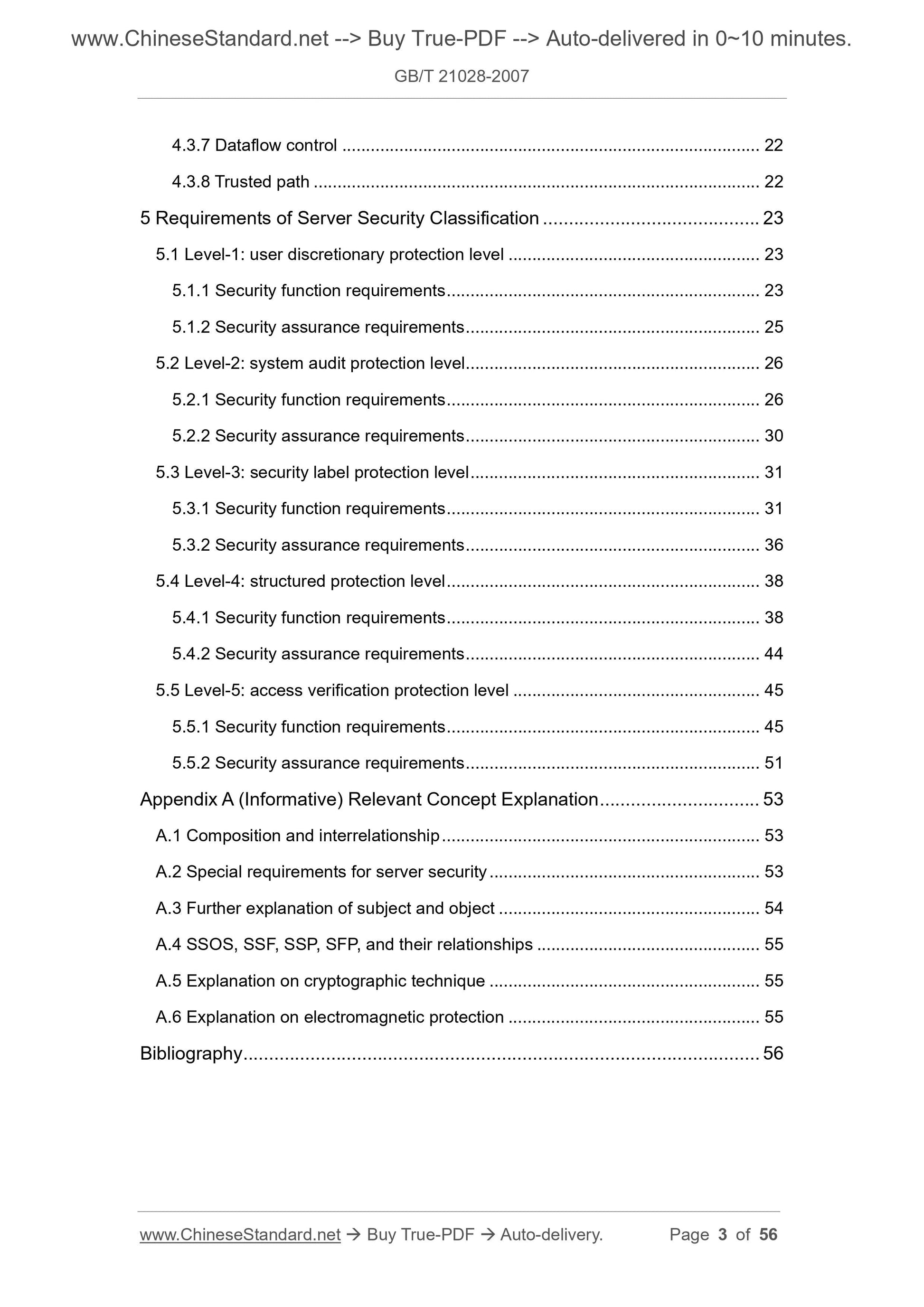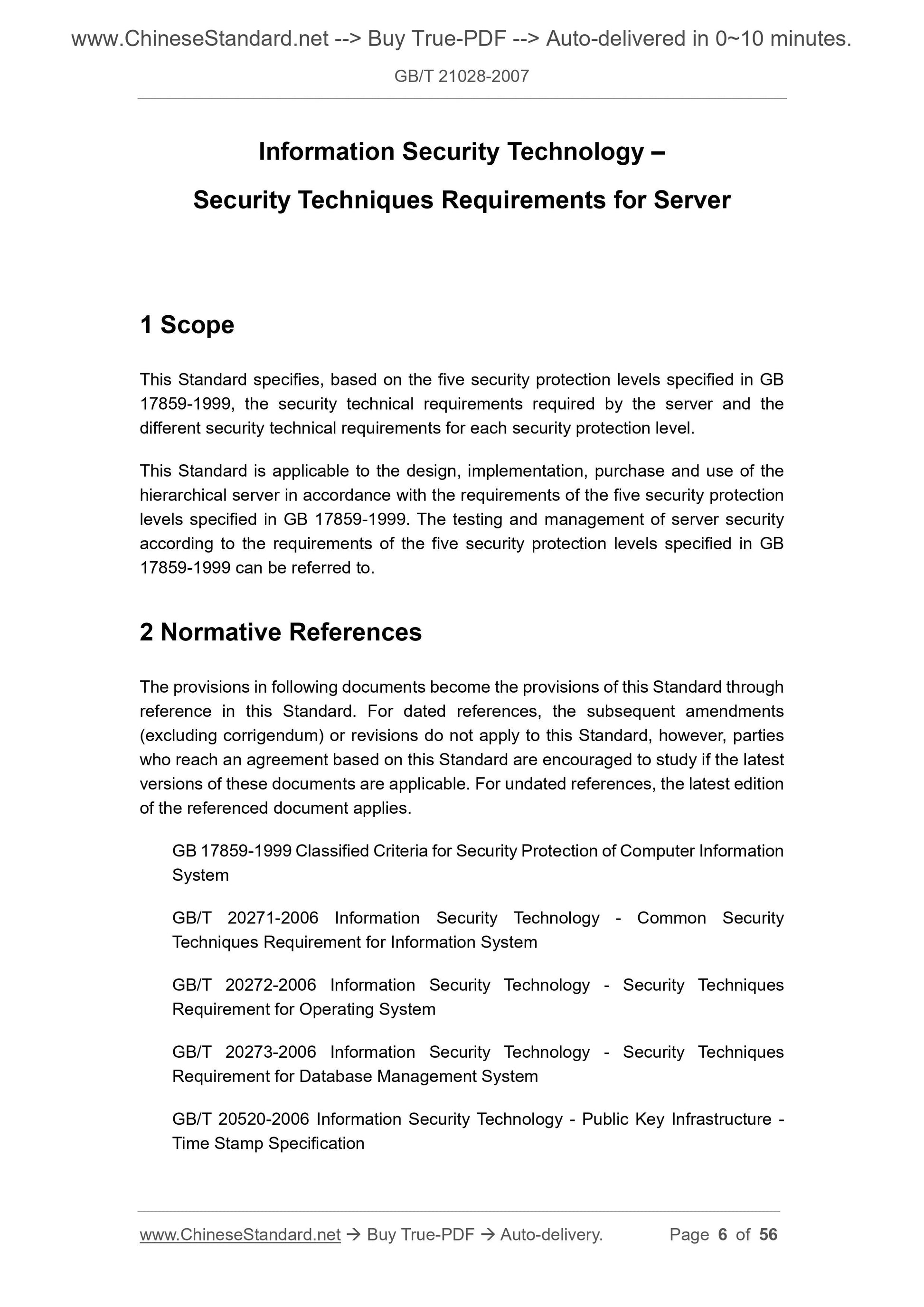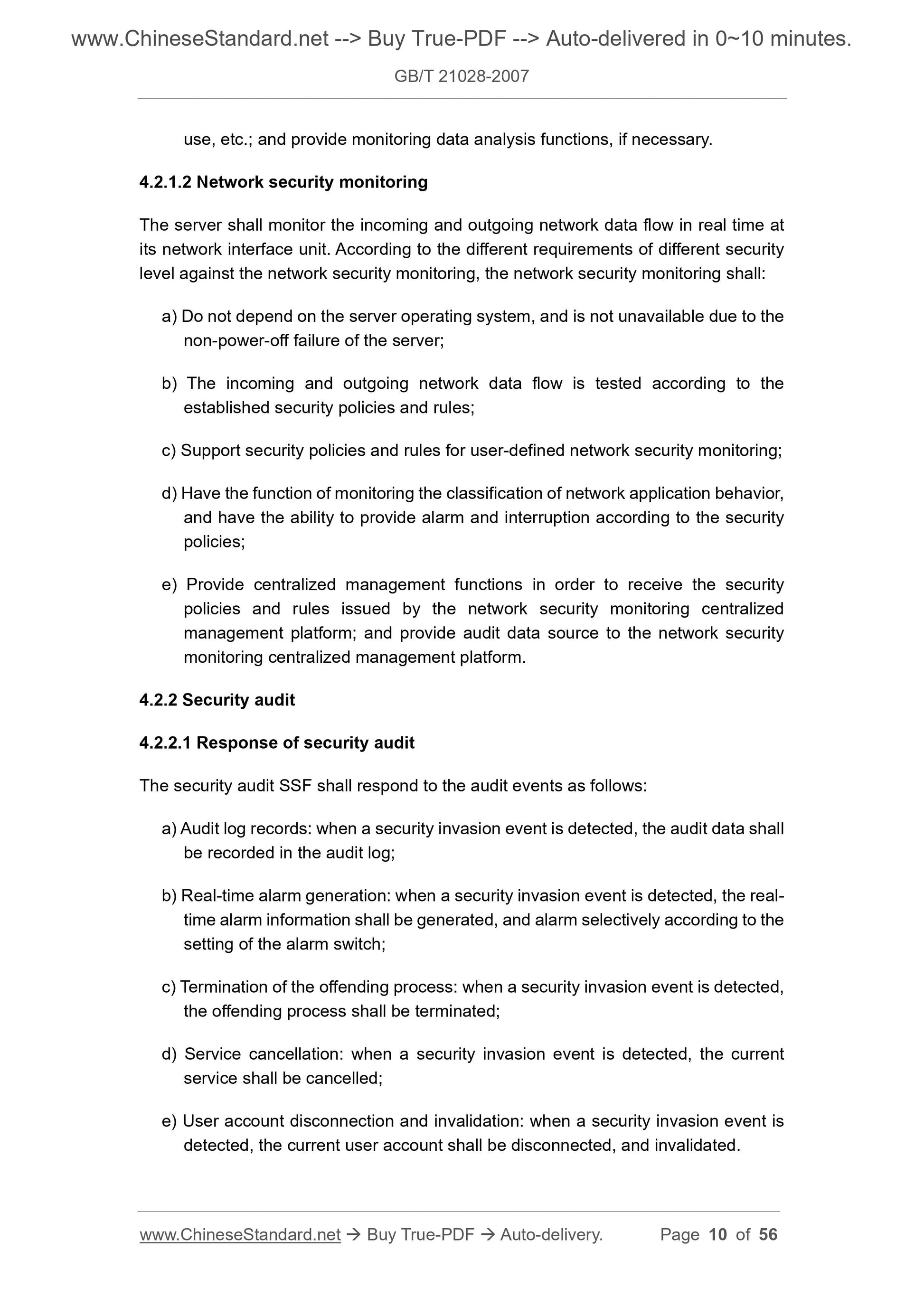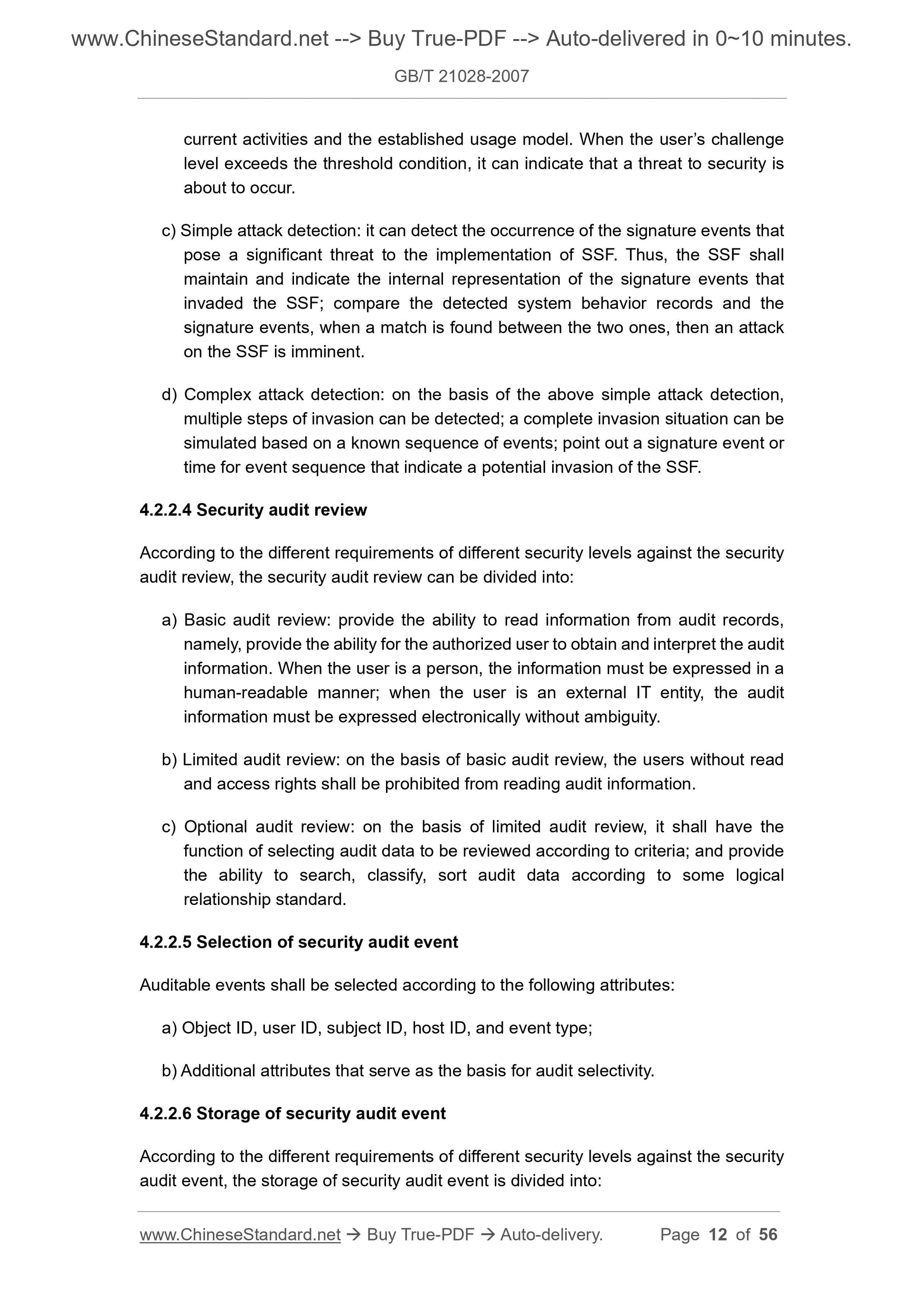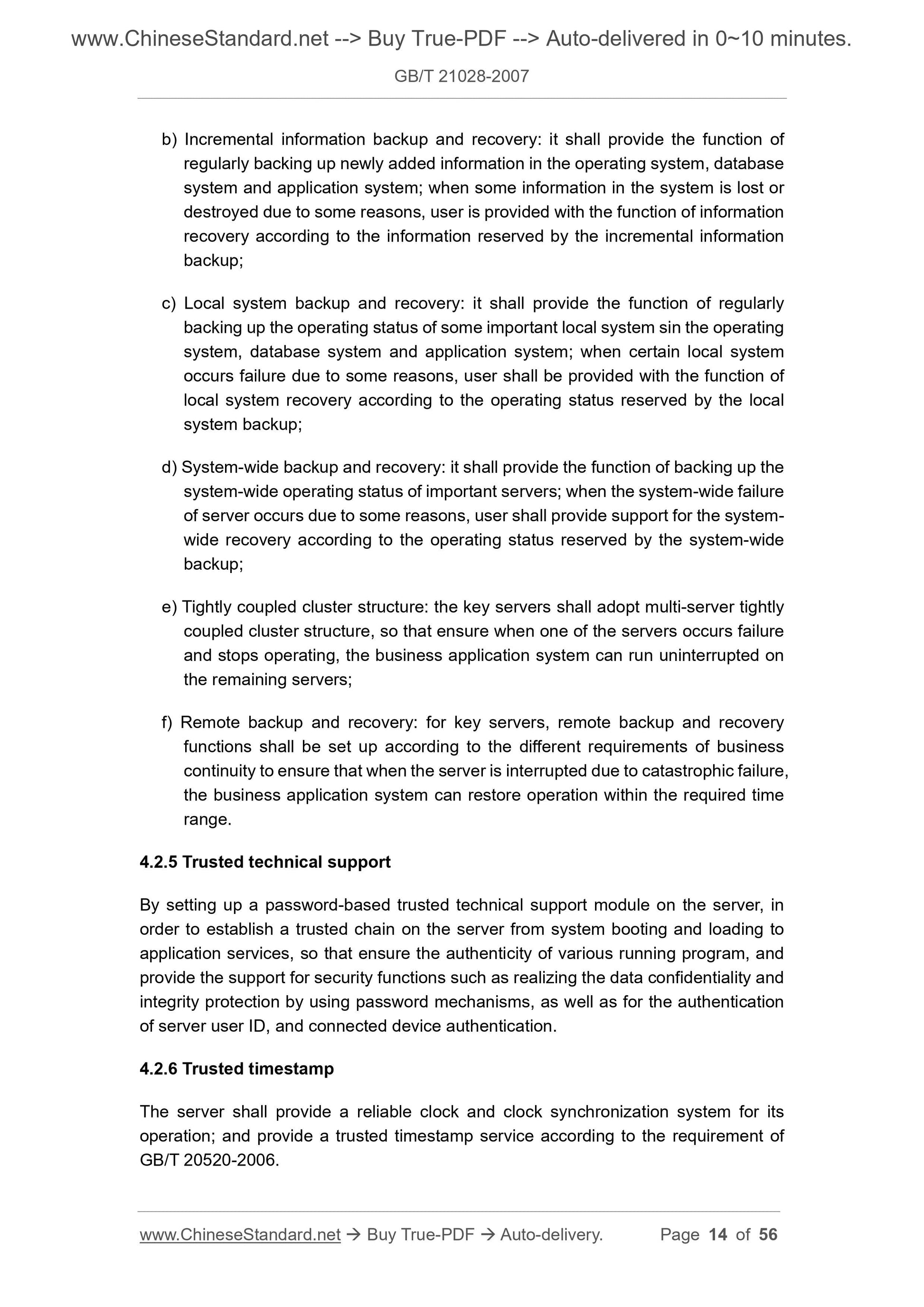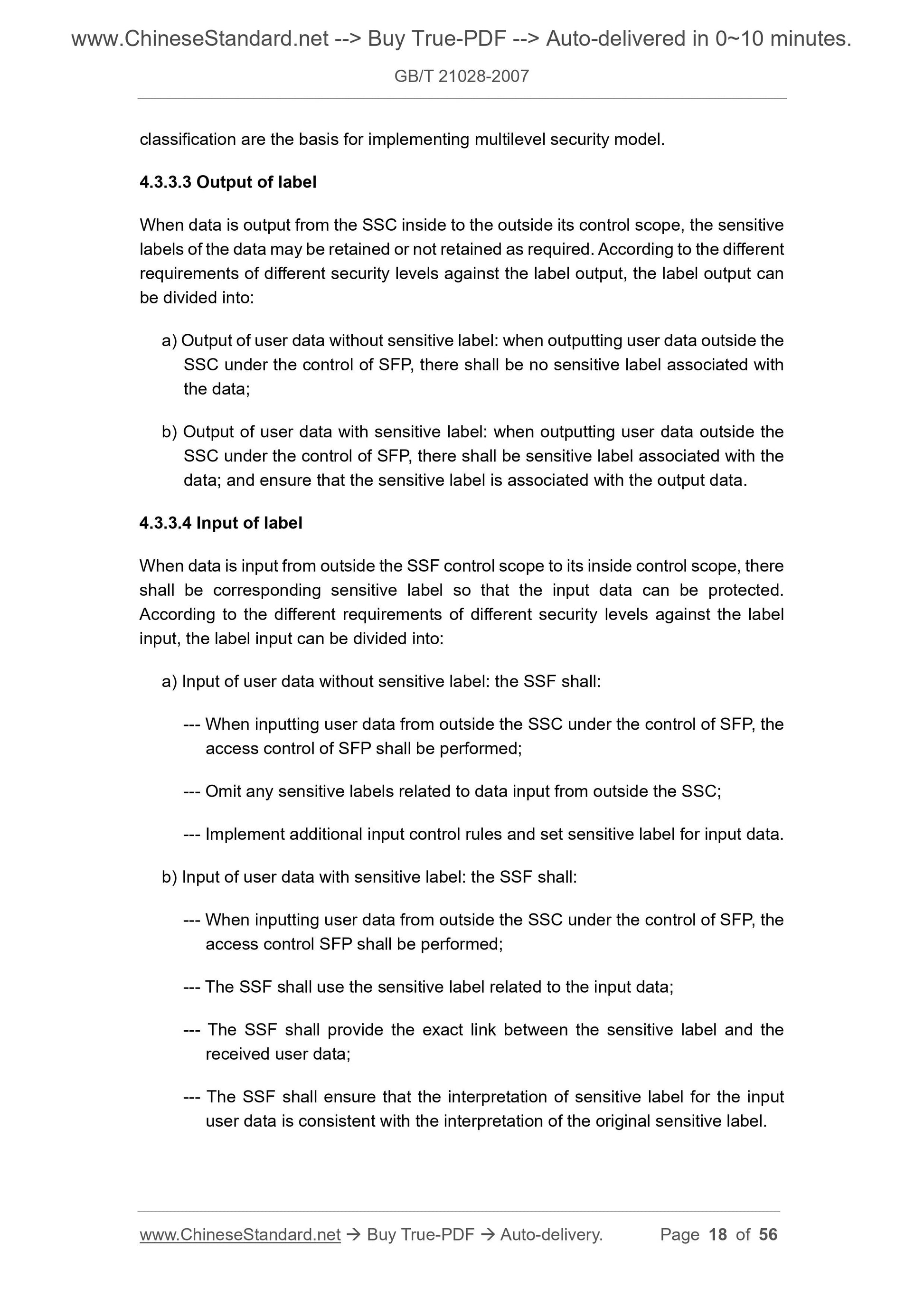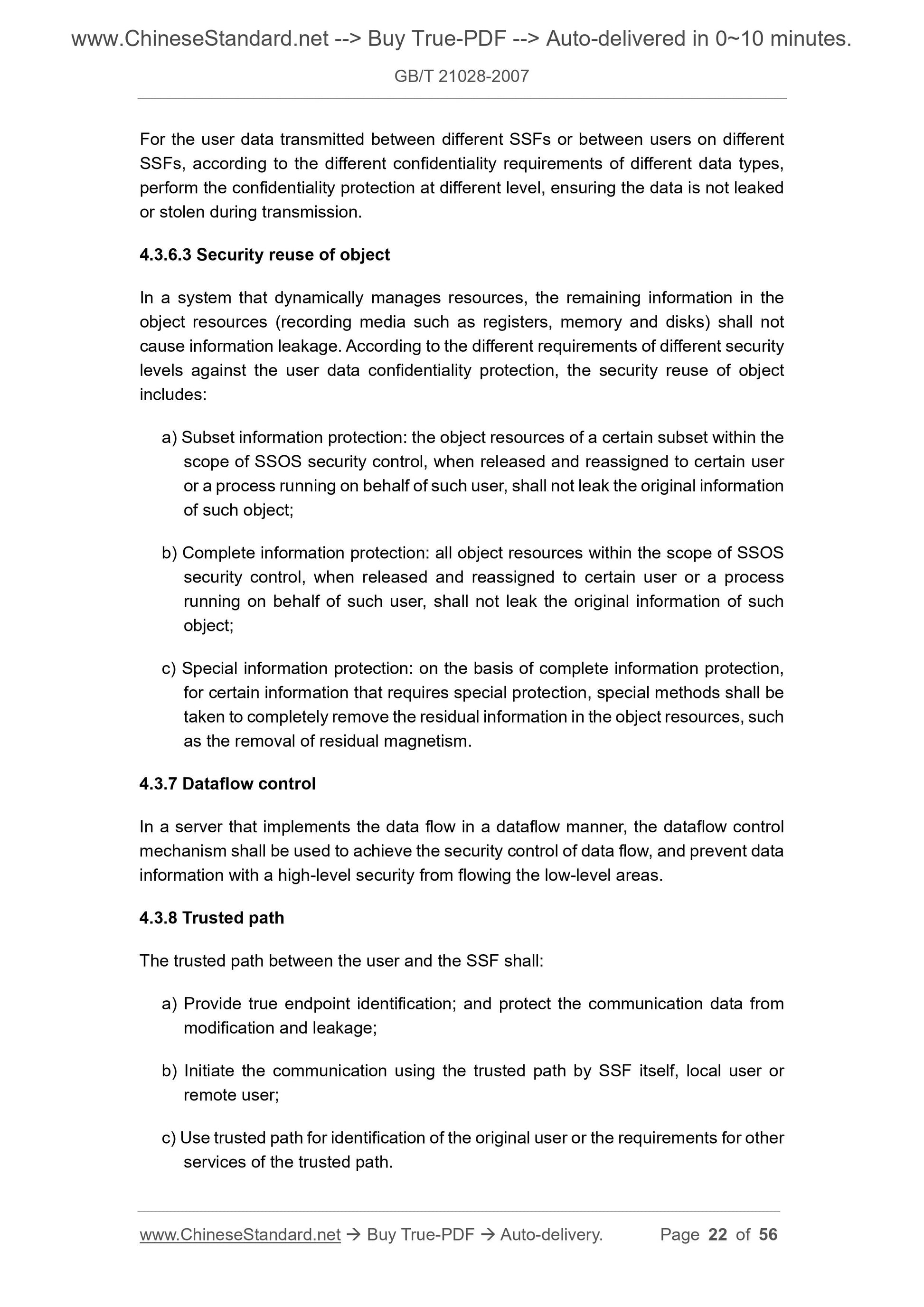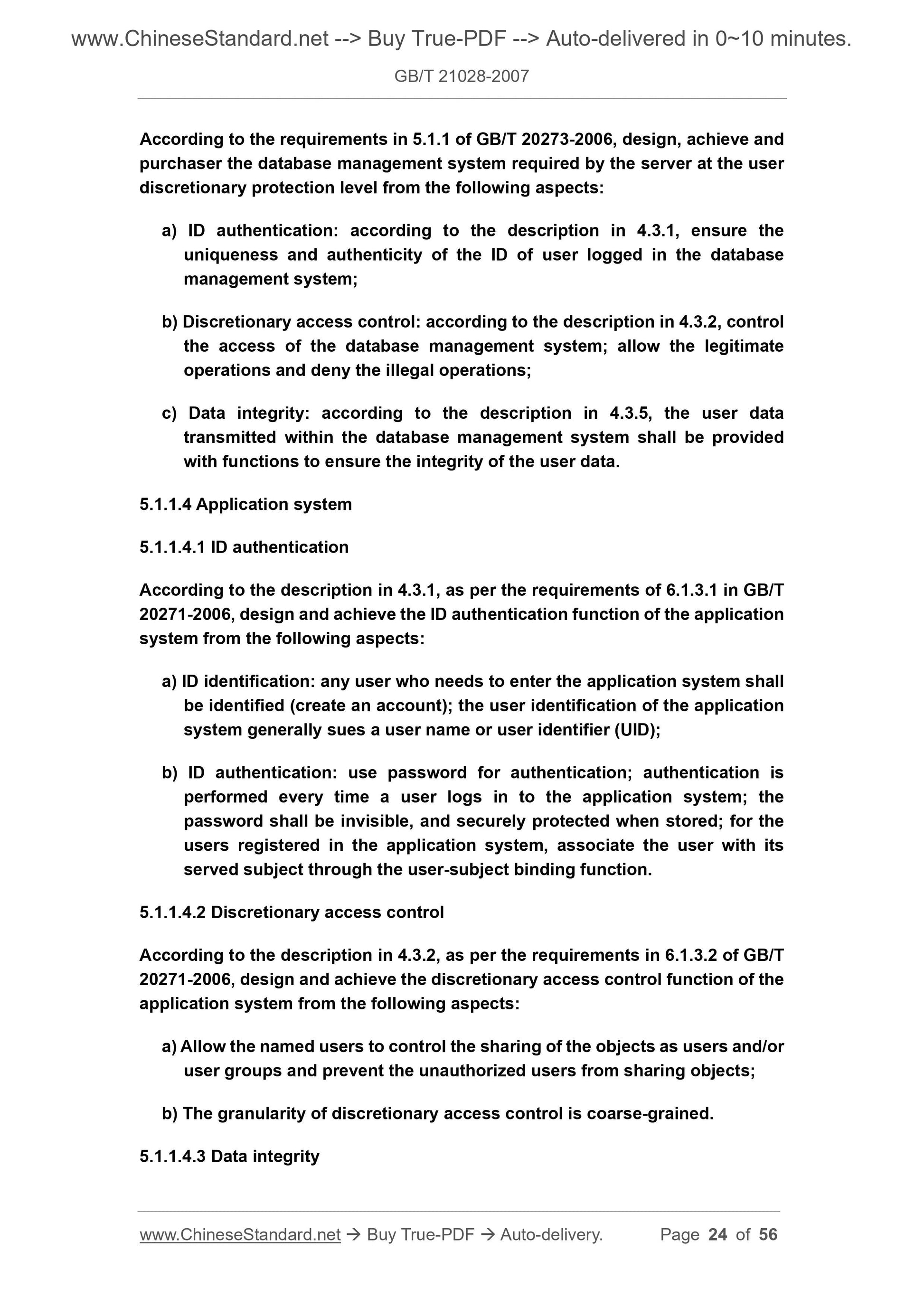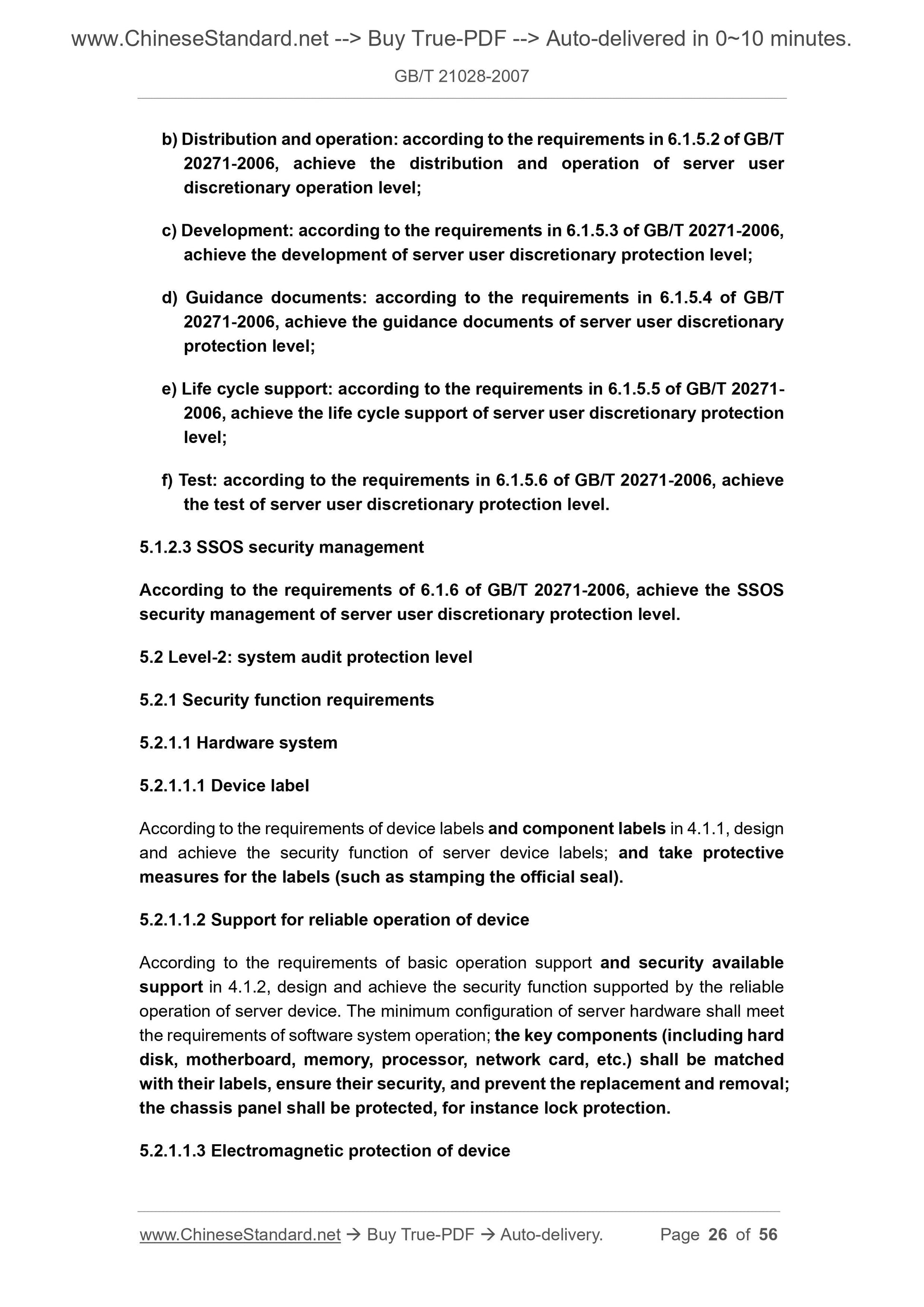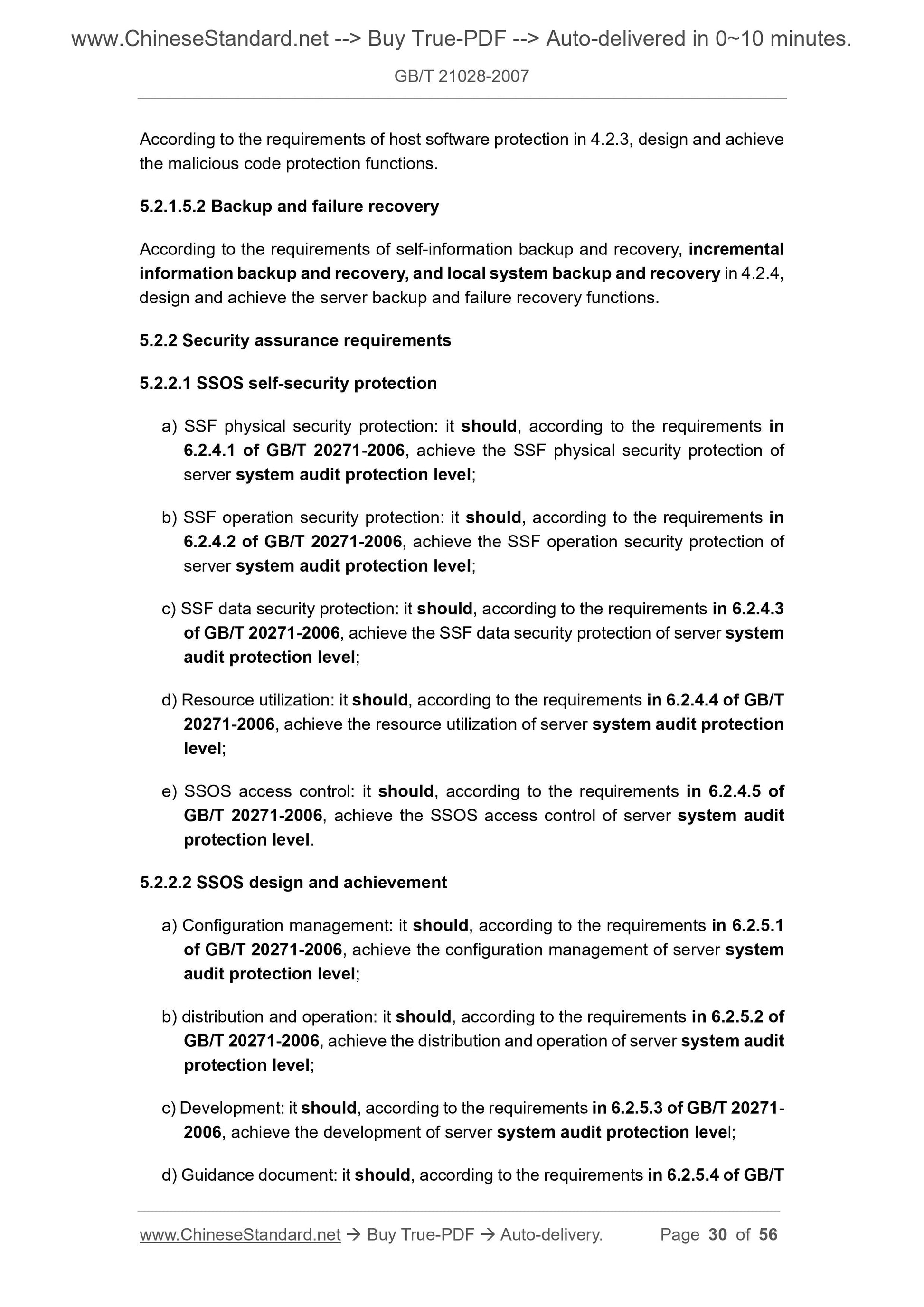1
/
of
12
www.ChineseStandard.us -- Field Test Asia Pte. Ltd.
GB/T 21028-2007 English PDF (GB/T21028-2007)
GB/T 21028-2007 English PDF (GB/T21028-2007)
Regular price
$380.00
Regular price
Sale price
$380.00
Unit price
/
per
Shipping calculated at checkout.
Couldn't load pickup availability
GB/T 21028-2007: Information security technology -- Security techniques requirement for server
Delivery: 9 seconds. Download (and Email) true-PDF + Invoice.Get Quotation: Click GB/T 21028-2007 (Self-service in 1-minute)
Newer / historical versions: GB/T 21028-2007
Preview True-PDF
Scope
This Standard specifies, based on the five security protection levels specified in GB17859-1999, the security technical requirements required by the server and the
different security technical requirements for each security protection level.
This Standard is applicable to the design, implementation, purchase and use of the
hierarchical server in accordance with the requirements of the five security protection
levels specified in GB 17859-1999. The testing and management of server security
according to the requirements of the five security protection levels specified in GB
17859-1999 can be referred to.
Basic Data
| Standard ID | GB/T 21028-2007 (GB/T21028-2007) |
| Description (Translated English) | Information security technology -- Security techniques requirement for server |
| Sector / Industry | National Standard (Recommended) |
| Classification of Chinese Standard | L80 |
| Classification of International Standard | 35.040 |
| Word Count Estimation | 33,340 |
| Date of Issue | 2007-06-29 |
| Date of Implementation | 2007-12-01 |
| Regulation (derived from) | China National Standard Announcement 2007 No.7 (Total No.107) - National-Standard-Commission |
| Issuing agency(ies) | General Administration of Quality Supervision, Inspection and Quarantine of the People's Republic of China, Standardization Administration of the People's Republic of China |
| Summary | This standard specifies the server needed safety requirements, different security technologies and security requirements of each level. This standard applies to the design level of server security level by five GB 17859-1999 demands being conducted, realization, purchase and use. Five test according to GB 17859-1999 security level requirements for server security conducted, management may refer to use. |
Share
